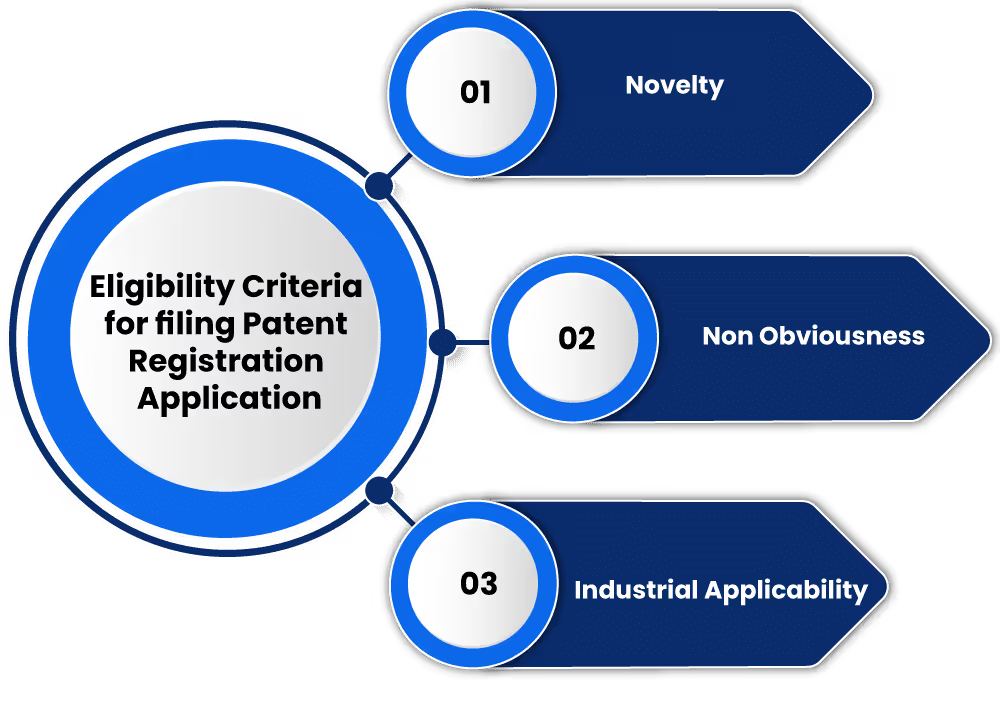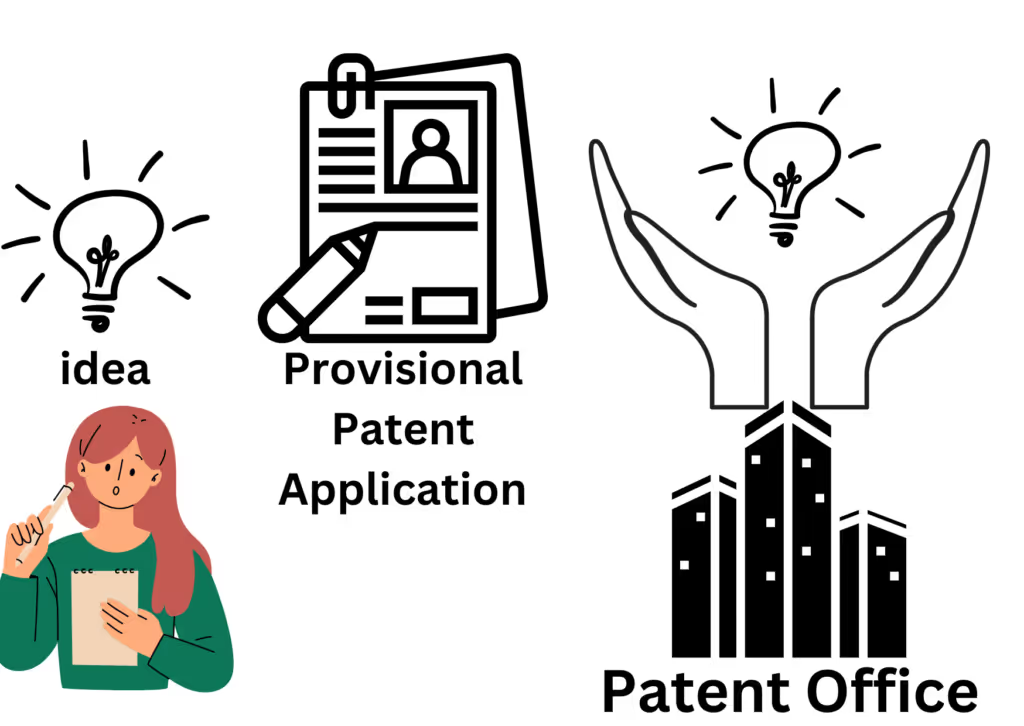
Project Management Tools for R&D: The Essential Software Stack for Research-Driven Teams in 2026


With the right approach, you can take charge of protecting your intellectual property by deciding to patent it yourself. By understanding these processes and leveraging available resources effectively, one can navigate the complex patent system without solely relying on professional assistance.
We will discuss determining patent eligibility by examining criteria for patents and exploring four categories of inventions. Next, we’ll delve into maintaining an inventor’s notebook to keep detailed records with witness signatures for added protection. We will also cover conducting thorough research using online resources to perform comprehensive searches before filing your application.
Subsequently, this article will evaluate the pros and cons of both regular patent applications (RPA) and provisional patent applications (PPA), aiding in making an informed decision. We’ll also explore when seeking professional assistance from IP lawyers may be necessary during the process. Finally, we’ll touch upon utilizing USPTO’s Manual of Patent Examining Procedure (MPEP) as a valuable resource for when deciding to patent it yourself.
Table of Contents
To obtain a patent, your invention must meet the guidelines set by the United States Patent and Trademark Office (USPTO). It should be novel, non-obvious, and useful. It is important to record every step of the invention process in detail within a notebook and have it signed by two reliable witnesses who are familiar with your work as proof for when you decide to patent it yourself without professional help.

To apply and patent it yourself, your invention must possess features that are not present in any existing inventions or ideas and have not been disclosed publicly. This means it cannot have been previously disclosed in public domain resources such as articles, books, or presentations before filing the patent application.
In addition to being novel, an invention must also be non-obvious to someone skilled in its respective field. The USPTO will assess whether the differences between your idea and prior art would have been obvious at the time you filed your application to patent it yourself.
The final criterion requires that an invention has practical use or utility. It should provide some real-world benefit beyond just being interesting or aesthetically pleasing. For example, it could solve a problem more efficiently than previous methods.
Fulfilling these three requirements increases your chances to apply and patent it yourself through the USPTO. If you’re unsure about meeting these criteria, consider consulting with a knowledgeable patent attorney.
Inventors must show that their invention is original and not easily inferred in order to obtain a patent. Prior art research can help ensure the validity of your claims by identifying any existing patents or publications related to the same concept. Next, we’ll discuss how you can conduct prior art research yourself.
Protect your innovative ideas with a patent. Ensure novelty, non-obviousness, and utility to meet USPTO guidelines. Consult a patent attorney for help #PatentItYourself #InnovationProtection Click to Tweet
Thorough research into previous developments within your field is essential to avoid infringing upon any existing patents or intellectual property rights held by others when trying to apply and patent it yourself. The internet serves as an excellent starting point when conducting this research, but seeking advice from professionals such as intellectual property lawyers may prove beneficial if you’re unsure about specific aspects related to prior art searches.
The following online databases are valuable tools for conducting patent searches:
If you encounter complexities during your search or require assistance interpreting legal jargon, it’s advisable to consult an experienced IP lawyer who can guide you through the process and ensure your invention is adequately protected.
Conducting prior art research is essential for innovators to protect their ideas and investments. Consequently, knowledge of the distinctions between regular and provisional patent applications is critical for innovators to safeguard their concepts and investments.
Protect your invention with a patent. Conduct thorough prior art research using online databases and seek guidance from an IP lawyer if needed. #PatentItYourself #InnovationProtection Click to Tweet
A Regular Patent Application (RPA) and a Provisional Patent Application (PPA) are the two options available for preparing your patent application for submission. Carefully weighing the pros and cons of each option is essential before making a choice.
A Regular Patent Application requires detailed descriptions including claims outlining what specifically distinguishes the invention. Drafting a complete specification for an RPA can incur greater costs due to associated legal fees. Additionally, once an RPA is filed, it becomes public information after 18 months from the filing or priority date.
Provisional Patent Applications, on the other hand, allow inventors more flexibility by providing 12 months before needing to submit full documentation along with additional fees associated with converting PPA into RPA status at a later date if necessary. A PPA does not require formal patent claims or declarations; however, it must include enough detail so that someone skilled in the field can understand how to make and use the invention. One drawback is that PPAs do not provide any enforceable rights until they are converted into an RPA.
Regular patent applications provide more comprehensive protection than provisional patent applications but also require a higher level of effort and cost. By broadening the scope of your invention to include alternative methods, you can increase its overall value while taking advantage of existing resources.
Take control of your invention’s patent process with these tips. Choose between Regular or Provisional Patent Applications to fit your needs. #PatentItYourself #Innovation Click to Tweet
It is crucial to examine whether alternative methods exist for building your device or product, as this could potentially lead to broader applications and increase the overall value of your patent protection. By identifying alternative methods, you can ensure that your invention remains relevant and adaptable in a constantly evolving market.
A broader scope not only enhances the commercial viability of an invention but also strengthens its position against competitors. To achieve this, consider consulting with a patent attorney who has expertise in conducting comprehensive searches and identifying any potential issues that may arise during the examination process. A qualified legal expert can help you traverse intricate details such as formulating claims and guaranteeing that all the required information is present in the filing, increasing your chances of USPTO authorization.
In addition to working with a patent attorney, utilizing tools like Cypris – a research platform specifically designed for R&D teams – can provide rapid insights into valuable data sources needed when developing new inventions.
Expanding the range of your innovation can bring about a more important item or administration and raise its general worth. Filing a provisional patent application affords you the opportunity to develop and enhance your invention in the 12 months preceding its formal submission for assessment.
Broaden your invention’s scope and increase its value by identifying alternative methods. Consult with a patent attorney and use tools like Cypris for rapid insights. #PatentItYourself #Innovation #RnDTeams Click to Tweet
If your invention requires further development or tinkering before filing for a full patent application, consider submitting a provisional patent application first. This allows inventors additional time (up to 12 months) to refine their ideas while still maintaining priority rights over their inventions.

During this period, you have the opportunity to improve upon your original concept by conducting more research or refining its design. Keep detailed records of any changes made as these will need to be included when converting your provisional application into a non-provisional one at the end of the twelve-month timeframe. Utilizing platforms like Cypris, specifically designed for R&D teams’ needs, can help streamline this process by centralizing data sources needed throughout this stage of innovation.
It’s important to note that a provisional patent application does not provide patent protection on its own. To obtain patent protection, you must file a non-provisional patent application within the 12-month period. This application will undergo a thorough examination process by the patent office, which can take several years.
It’s recommended to seek the assistance of a patent attorney to navigate the patent system and ensure your application is properly filed and protected.
Submitting a provisional patent application is an essential step to safeguard your innovation, granting you 12 months of time to refine and enhance the invention before requesting full protection. Navigating USPTO’s Manual of Patent Examining Procedure can be daunting, but understanding examiner guidelines and providing thorough documentation are key components in ensuring that your invention is properly protected.
Protect your invention and refine it with a provisional patent application. With Cypris, streamline the R&D process for rapid innovation insights. #PatentItYourself #Innovation #Cypris Click to Tweet
To maximize your chances of securing patent protection, it is essential to become acquainted with the USPTO’s Manual of Patent Examining Procedure (MPEP), especially if you are filing without legal representation. One way to do this is by reviewing the USPTO’s Manual of Patent Examining Procedure (MPEP) if you plan on handling this process without legal assistance.
The MPEP serves as a comprehensive guide for both applicants and examiners alike, detailing every aspect of the patent system. By studying this manual, you can gain insight into how examiners evaluate applications based on novelty, non-obviousness, and utility criteria. Additionally, understanding these guidelines will help ensure that your patent application adheres to all necessary requirements set forth by the USPTO.
By navigating the USPTO’s MPEP, you can better prepare yourself for the patent application process and increase your chances of securing valuable protection for your invention.
Take control of your invention’s patent process. Navigate the USPTO’s MPEP and increase your chances of success. #PatentItYourself #Innovation Click to Tweet
In summary, while patenting your own invention may be a lengthy and complicated endeavor, with the right guidance it can be achieved efficiently. However, by following the steps outlined in this post, including determining eligibility, maintaining detailed records, conducting thorough research, choosing between RPA and PPA options, seeking professional assistance when necessary, and utilizing the USPTO’s MPEP guide for DIY applicants, you can successfully patent it yourself. Keep in mind that seeking professional help is still advisable to avoid potential mistakes when applying for a patent.
If you’re looking to protect your intellectual property with ease and convenience while keeping costs low, consider Cypris! Check out our convenient platform that makes the filing of a provisional patent application online more straightforward.